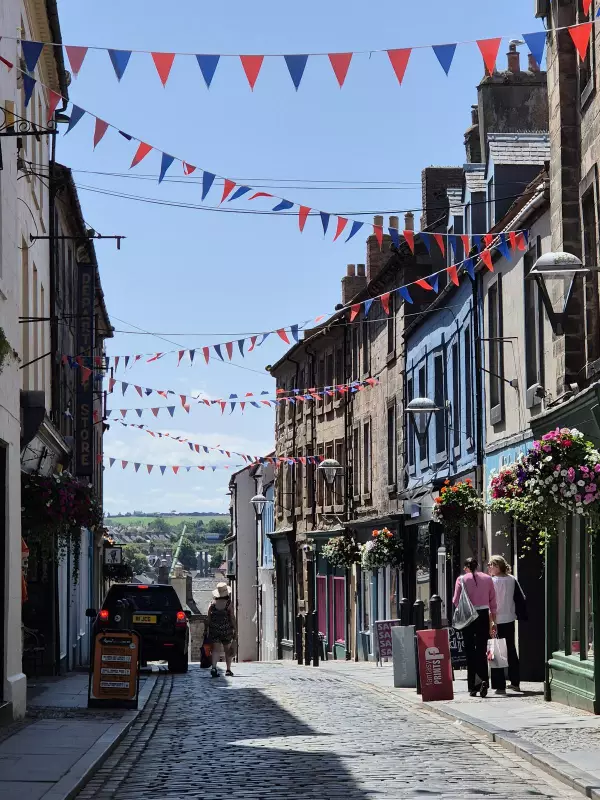
Have you ever gazed out a train window at a passing town and felt that sudden urge to explore? That exact feeling struck journalist Emma Kelly during her regular journeys between London and Scotland, sparking a decade-long fascination with Berwick-upon-Tweed that finally culminated in a summer visit.
A Town Forged Between Two Nations
Perched on the stunning Northumberland coast, Berwick-upon-Tweed boasts a turbulent history that saw it change hands between England and Scotland an astonishing 13 times between 1296 and 1482. Though now England's most northerly town, it once served as Scotland's wealthiest burgh and most significant seaport.
The town's strategic importance becomes immediately apparent as you approach via the magnificent Royal Border Railway Viaduct, designed by Robert Stephenson and officially opened by Queen Victoria in 1850. This engineering marvel offers breathtaking views of Berwick that have captivated train travellers for generations.
Walking Through Centuries of History
Berwick's crown jewel remains its remarkably intact Elizabethan ramparts, known simply as The Walls. These represent the most complete defensive walls in the United Kingdom. Visitors can enjoy a pleasant stroll along them in under an hour, discovering information panels and numerous historical points of interest along the way.
The town's relationship with the River Tweed defines much of its character. A beautiful riverside walk reveals three stunning bridges spanning the waterway:
- The Old Bridge (Berwick Bridge) dating back to 1611
- The Royal Tweed Bridge from 1928
- The iconic Royal Border Bridge that first sparked Kelly's interest
Nature enthusiasts will delight in Berwick's status as home to the second largest mute swan colony in the UK, with only Abbotsbury in Dorset claiming more of these graceful birds.
Following in Lowry's Footsteps
Berwick's unique atmosphere and landscapes have inspired artists throughout history, most notably English painter L.S. Lowry, famous for his industrial "matchstick men" depictions. Lowry visited Berwick repeatedly from the mid-1930s until the summer before his death in 1976, creating numerous works capturing the town's architecture and coastal scenery.
Today, visitors can follow the Lowry Trail, a self-guided three-hour walk that takes in the Elizabethan Walls, crosses into Tweedmouth and Spittal, and features 19 panels comparing Lowry's subjects with his actual paintings. Highlights include:
- The Lions House, which Lowry once considered purchasing
- The Georgian Town Hall dominating the skyline
- Numerous coastal scenes reflecting Lowry's fascination with the sea
Beyond its historical treasures, Berwick offers four beautiful beaches within walking distance and serves as the starting point for the spectacular 100km Northumberland Coast Path, which passes sandy beaches, ancient castles, fishing villages and the holy island of Lindisfarne.
Kelly's experience proves that sometimes the destinations glimpsed from train windows deserve more than just passing admiration—they warrant exploration. Berwick-upon-Tweed, with its rich history, artistic connections and stunning coastal location, certainly delivers on that promise.





